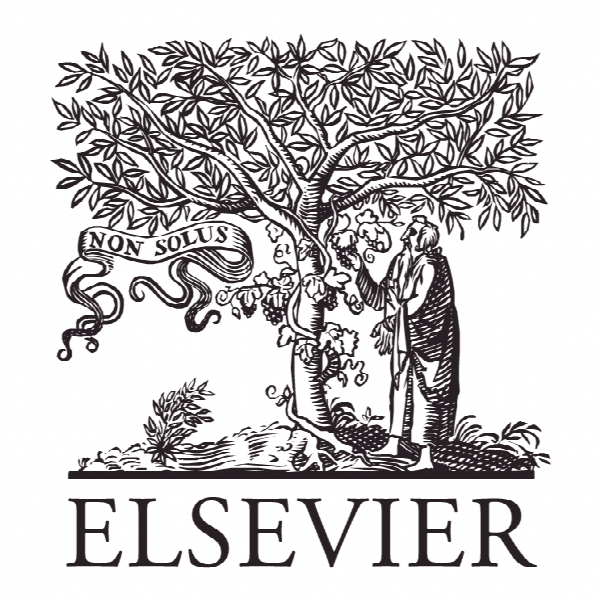تهدید اجتماعی و تنوع فرهنگی در قدرت هنجارهای اجتماعی: پایه تکاملی Societal threat and cultural variation in the strength of social norms: An evolutionary basis
- نوع فایل : کتاب
- زبان : انگلیسی
- ناشر : Elsevier
- چاپ و سال / کشور: 2017
توضیحات
رشته های مرتبط علوم اجتماعی
گرایش های مرتبط جامعه شناسی
مجله رفتارهای سازمانی و فرایندهای تصمیم گیری انسانی – Organizational Behavior and Human Decision Processes
دانشگاه گروه علوم کامپیوتر، مریلند، کالج پارک، ایالات متحده
نشریه نشریه الزویر
گرایش های مرتبط جامعه شناسی
مجله رفتارهای سازمانی و فرایندهای تصمیم گیری انسانی – Organizational Behavior and Human Decision Processes
دانشگاه گروه علوم کامپیوتر، مریلند، کالج پارک، ایالات متحده
نشریه نشریه الزویر
Description
Introduction The development and enforcement of social norms is a unique feature of human sociality that transcends history and groups. The capacity for social learning and cultural transmission enables humans not only to develop, maintain, and enforce social norms, but also to pass them on to future generations. For any cultural group, social norms serve a critical function in that they enable the group’s members to coordinate social action and accomplish tasks. Yet while social norms are universal, the strength of social norms varies widely around the globe. Research has shown, for example, considerable cross-cultural variation in norms for fairness, cooperation, and the willingness to punish to enforce such norms (Balliet & Van Lange, 2013; Ensminger & Henrich, 2014; Gelfand et al., 2011; Henrich et al., 2006, 2010; Herrmann, Thöni, & Gächter, 2008). Understanding the evolution of norms and how differences in norm strength arise through the process of cultural adaptation is an important part of understanding our complex social world. In this research, we explore how cultural differences in norm strength, defined as degree of adherence to norms and punishment of norm-deviance (Gelfand et al., 2011), emerge from the evolutionary process of cultural adaptation. While there are many different types of social norms, we focus on norms for organizing social interaction, which includes both cooperation and coordination norms. We test the notion that cultures’ exposure to societal threat is a mediating factor in differences in norm strength. In contexts of high threat—whether it is ecological threats like natural disasters— or manmade threats such as threats of invasions—we expect societies evolve to have stronger norms for coordinating social interaction because they are necessary for survival. By contrast, in contexts low threat, we expect there to be less need to coordinate social action, affording weaker norms and more tolerance for norm violating behavior. Some indirect evidence for this supposition can be found across numerous disciplines. For example, political scientists have long argued that when nations are involved in external conflicts and must face the possibility (or reality) of invasion from foreign nations, they need to develop internal order and cohesion in order to successfully deal with the enemy (Cosner, 1956; Sumner, 1906). As cogently argued by (1906), ‘‘the exigencies of war with outsiders are what make peace inside, lest internal discord should weaken the we-group for war’’ (p. 12) (see also Kesebir, 2012). Likewise, anthropological research has shown that groups that have a dearth of natural resources need strong norms for coordination for survival (Lomax & Berkowitz, 1972). More recently.


